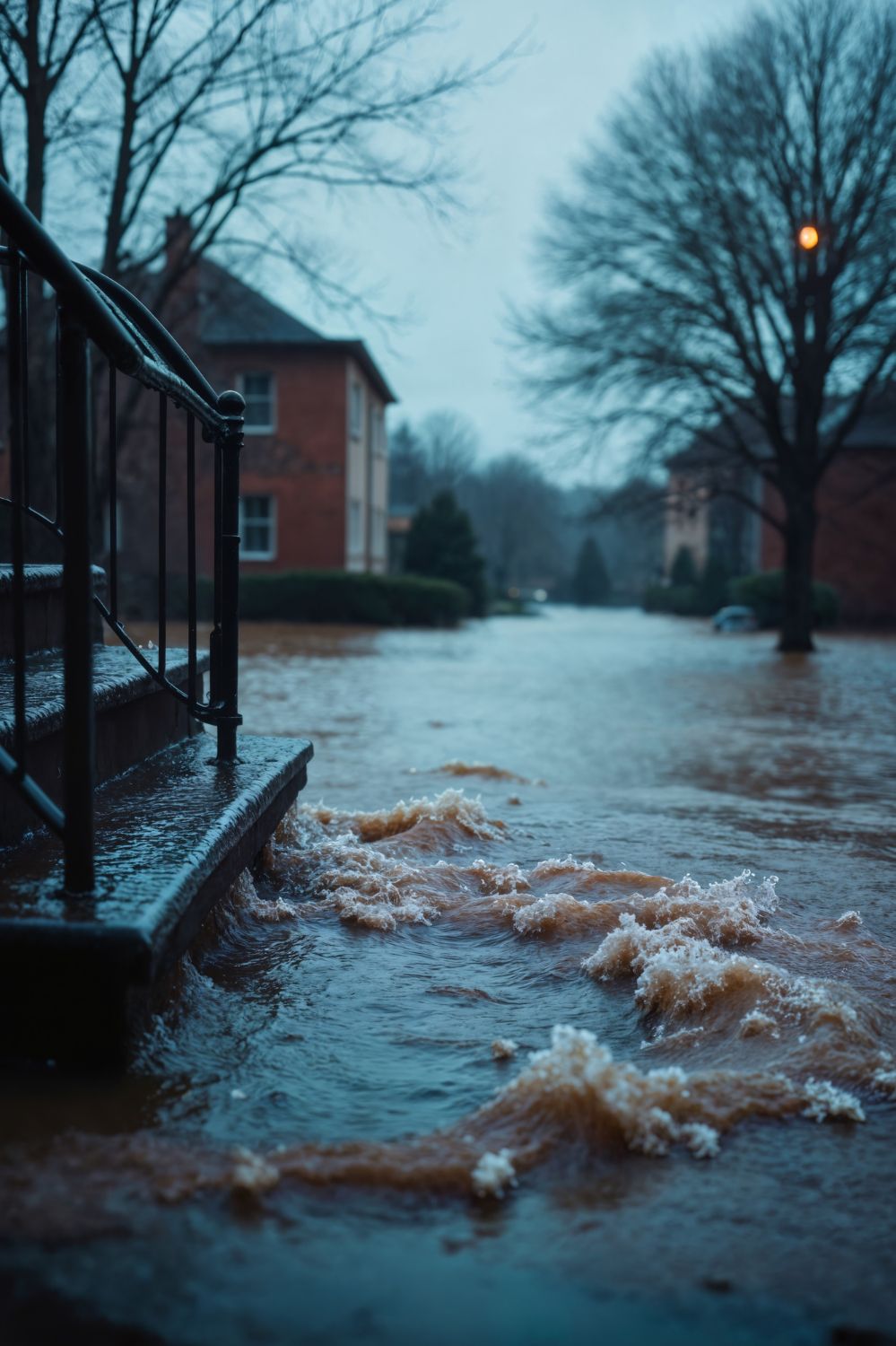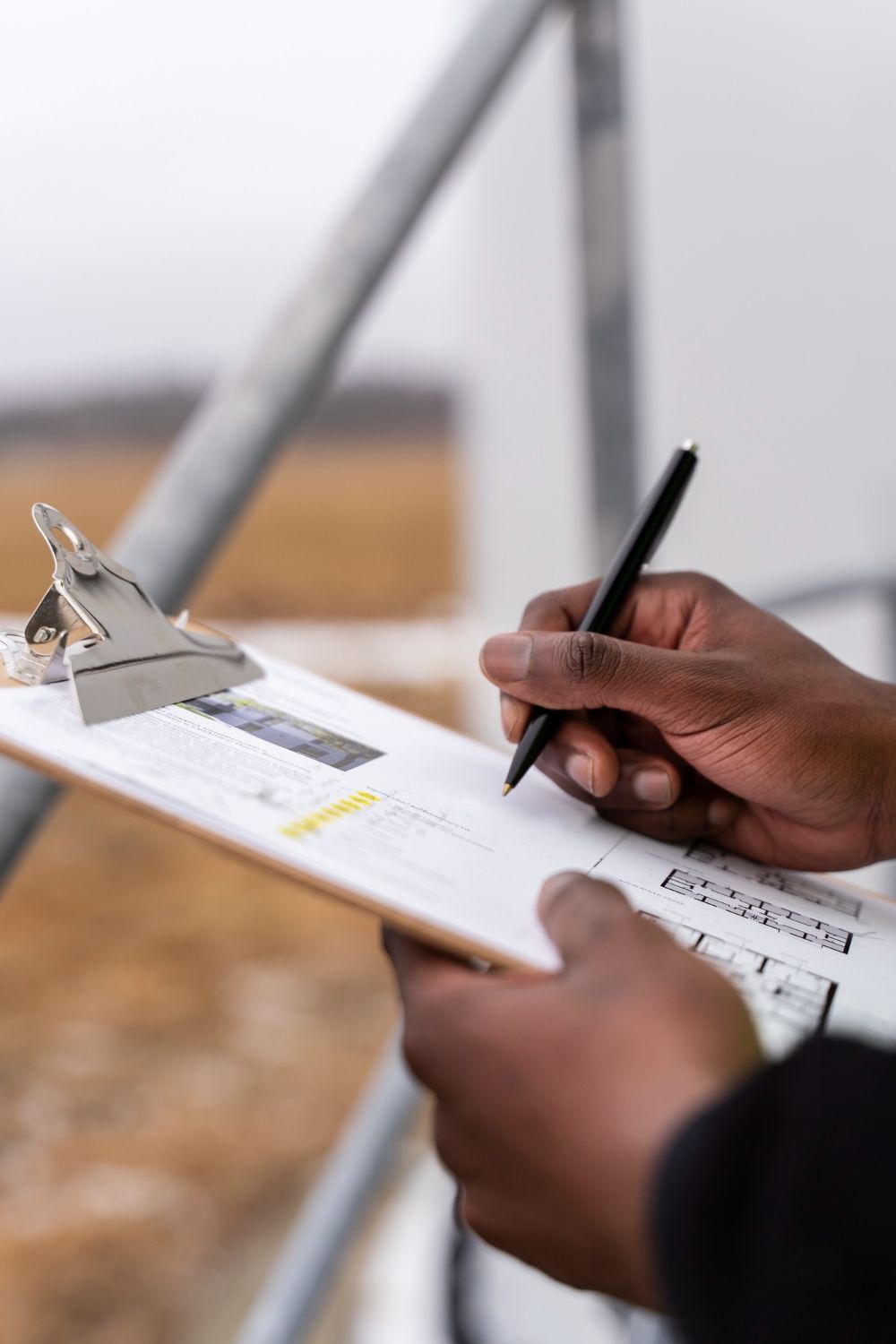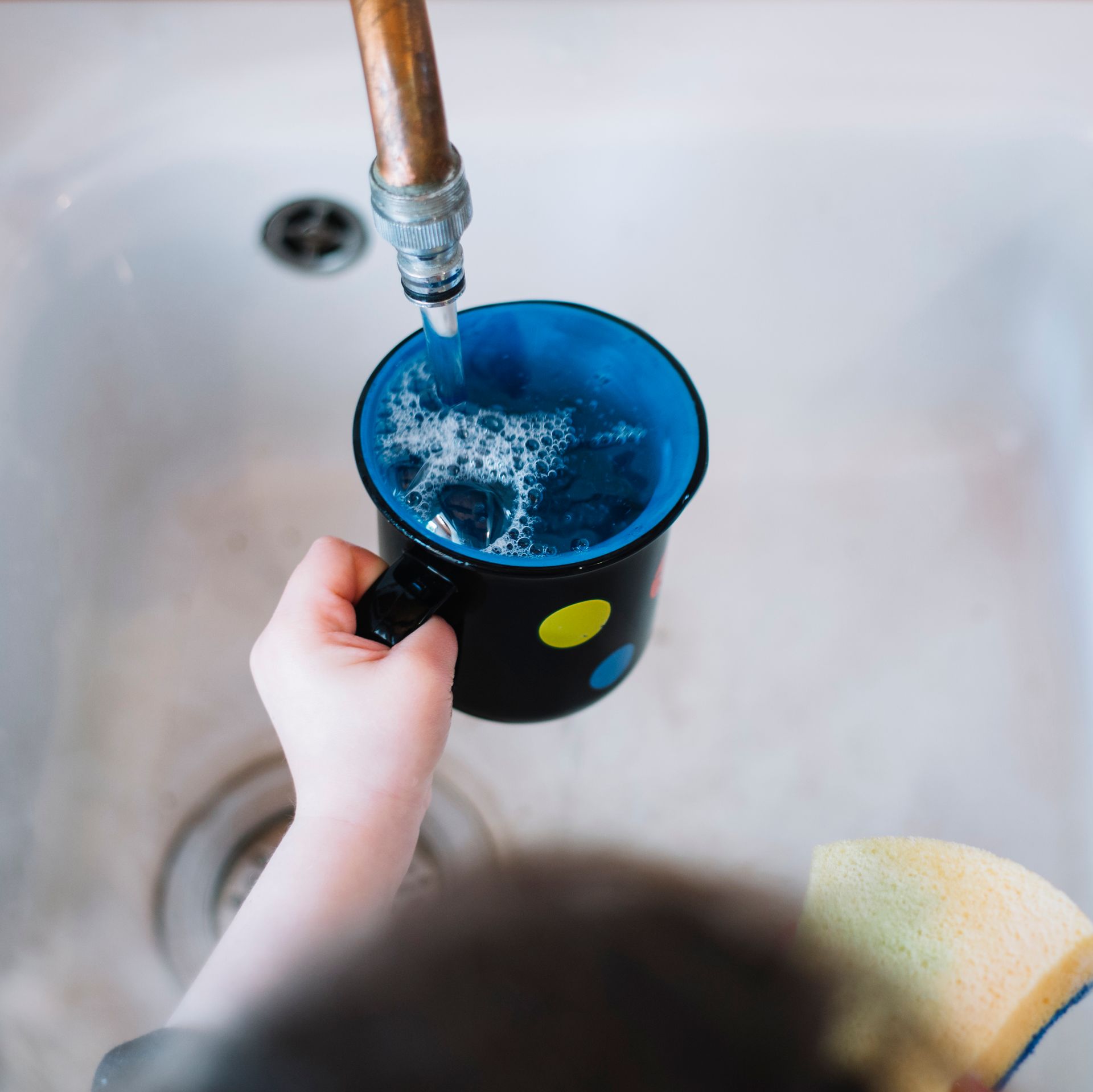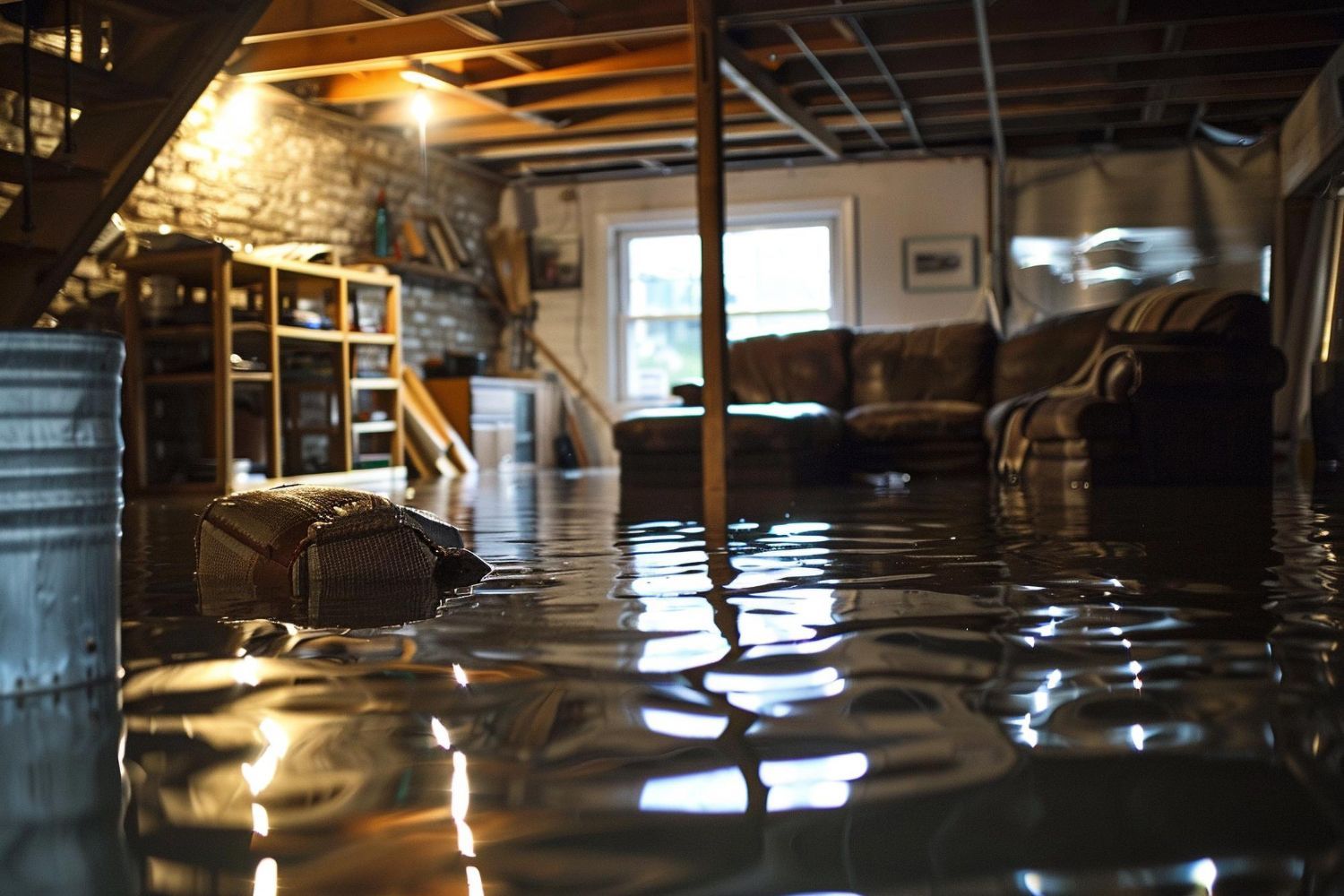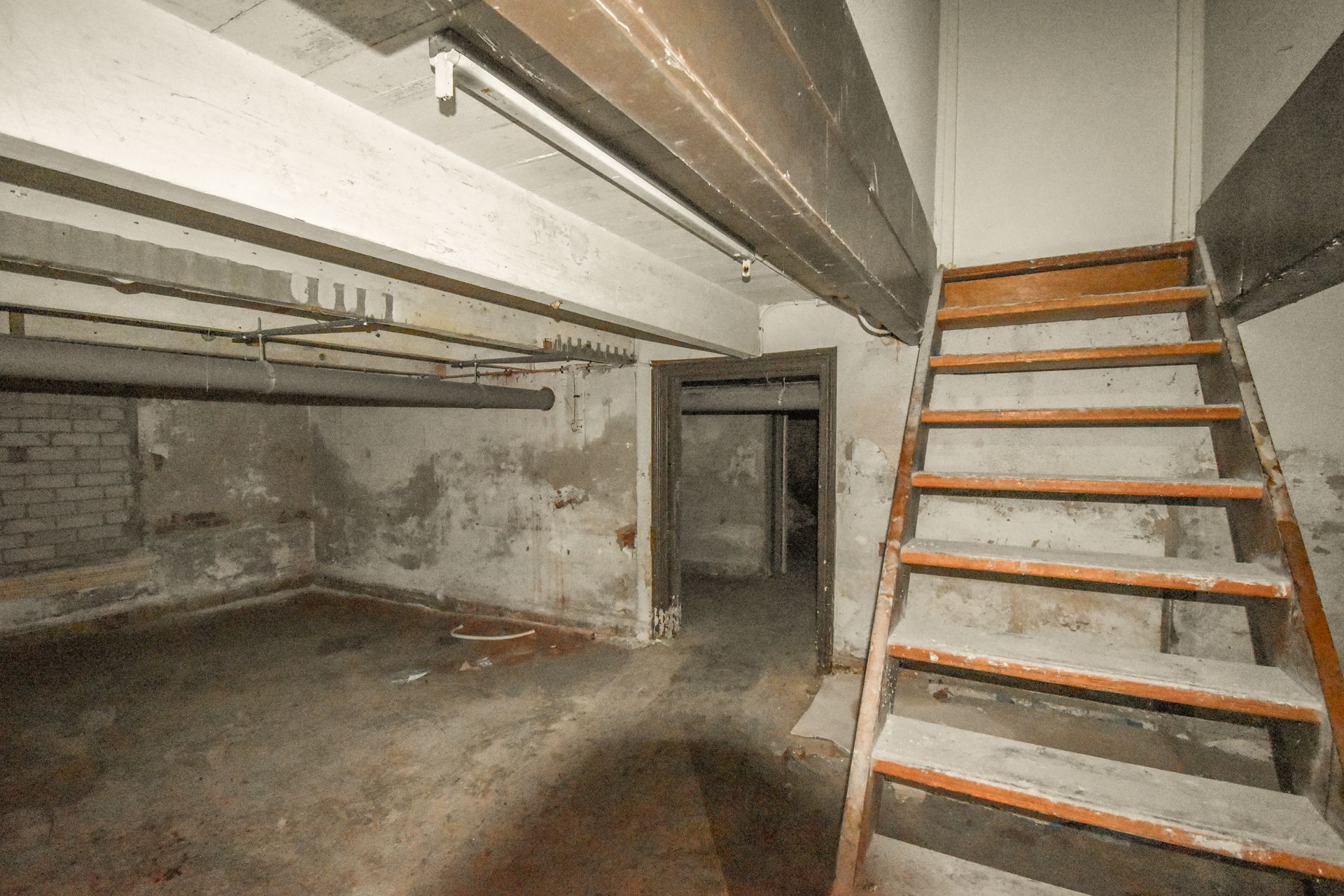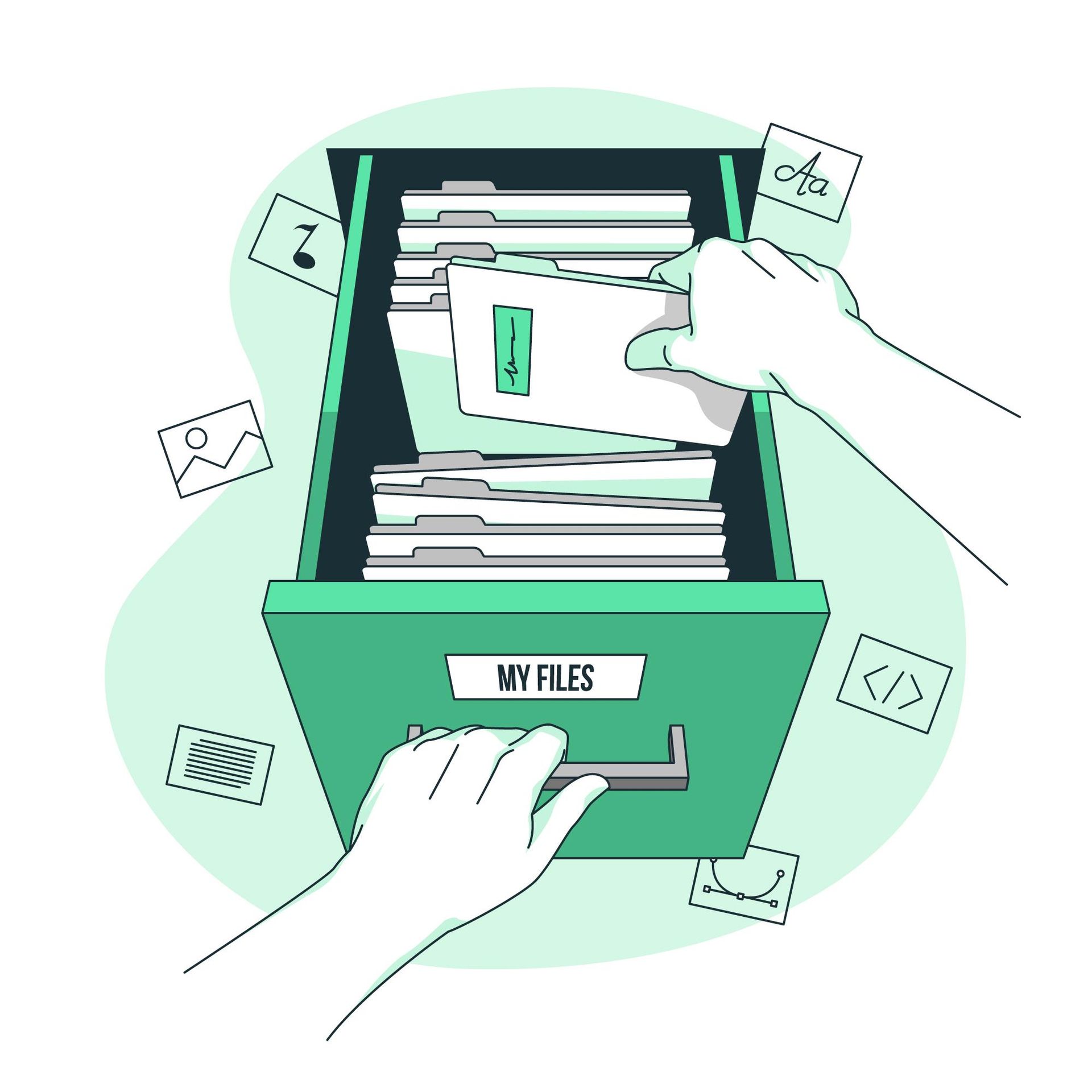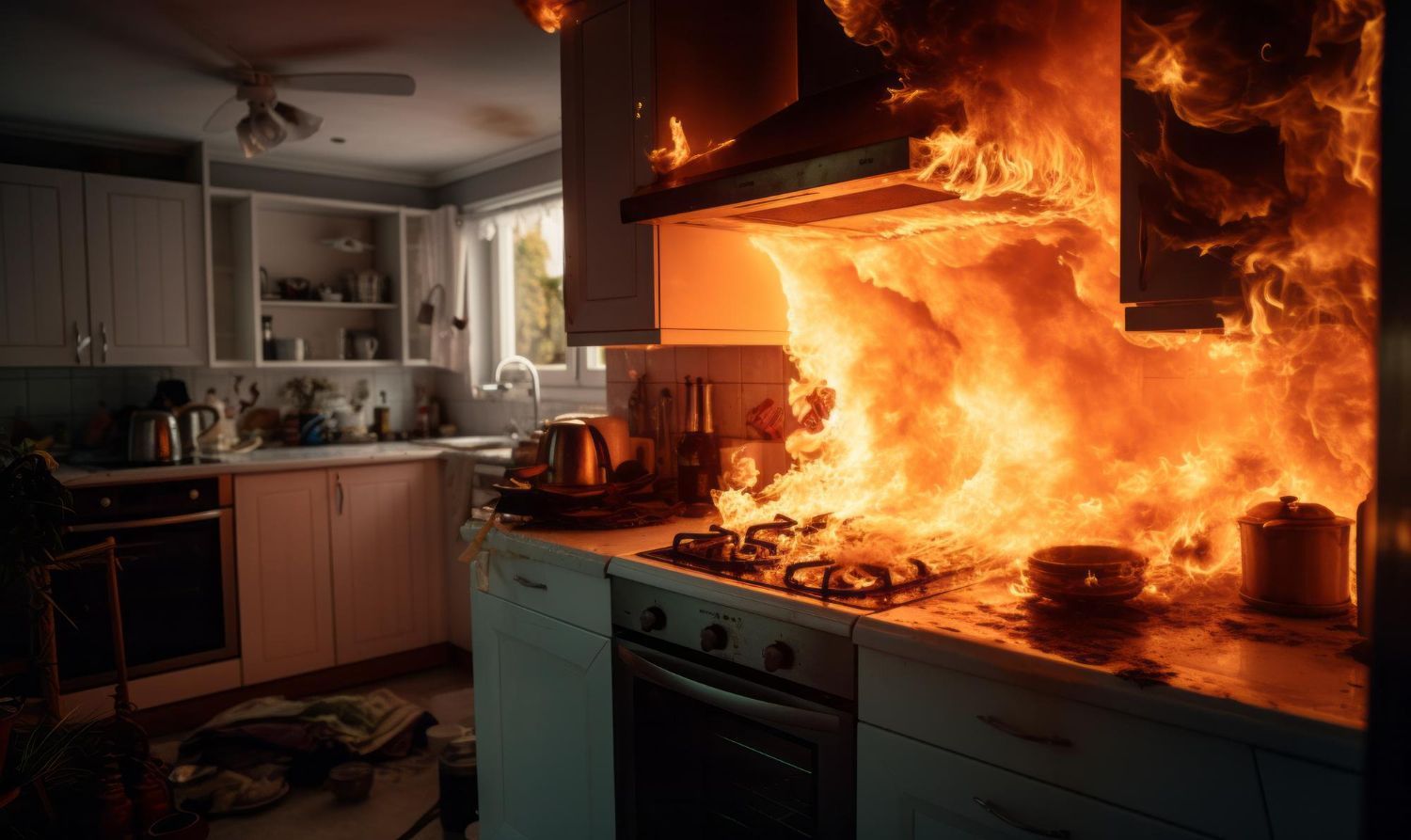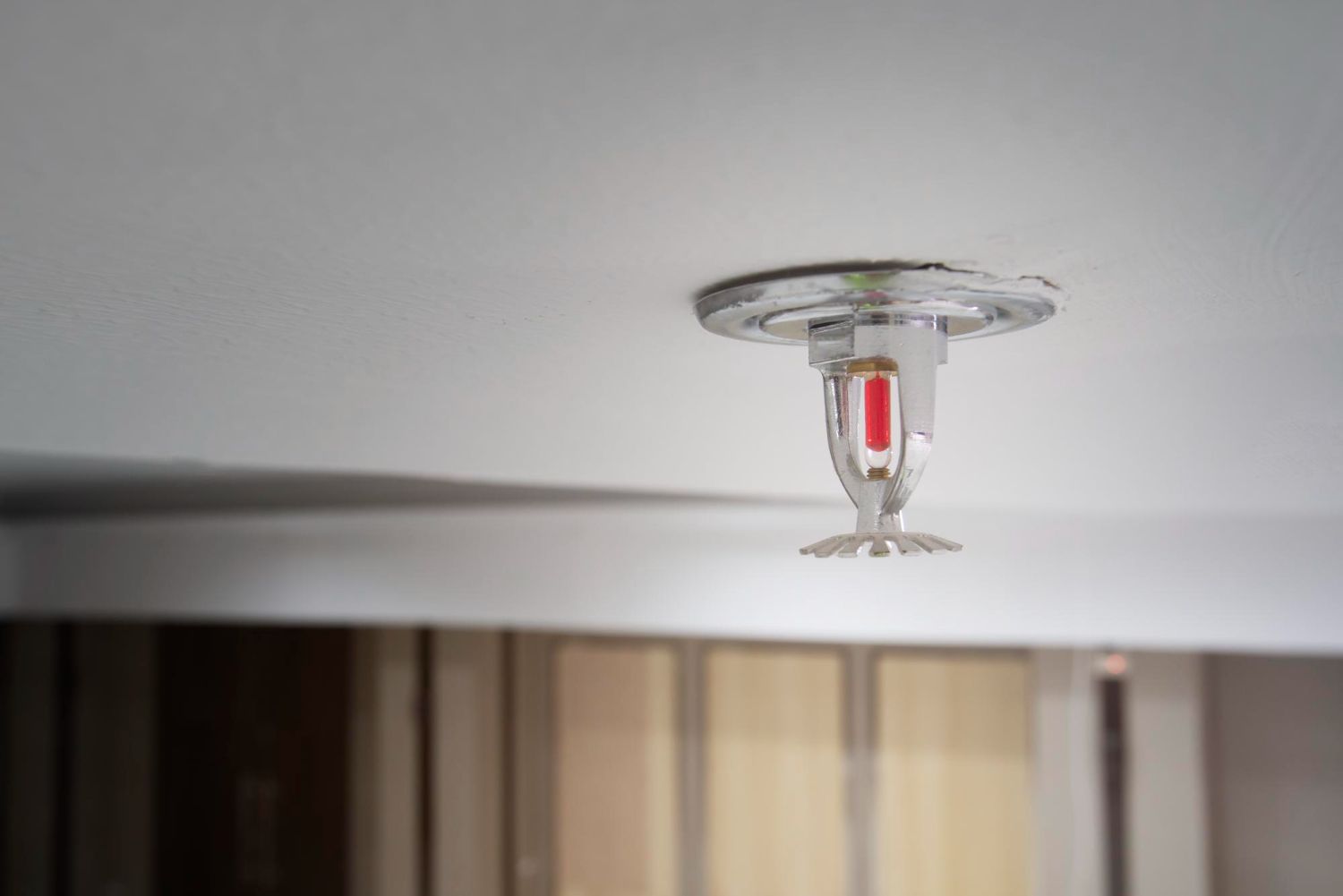Biohazards Examples
Biohazards Examples -Houston, TX
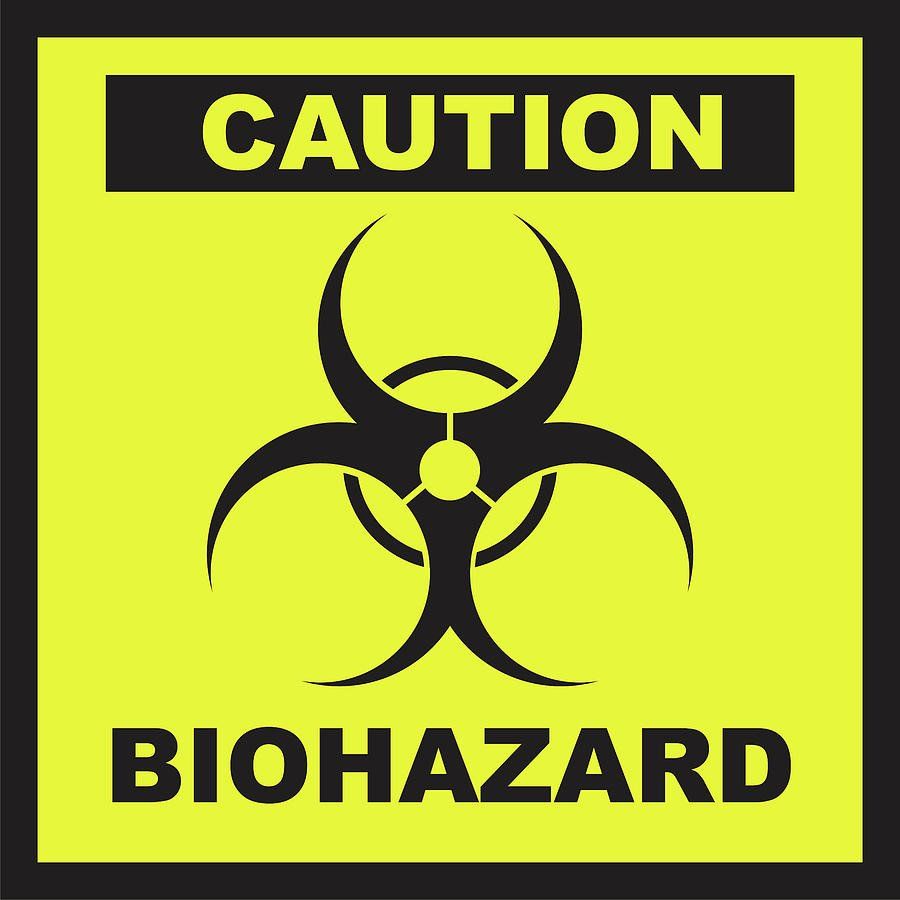
What exactly is a biohazard?
Any biological material, such as plants, microorganisms, animals, or their byproducts, that poses a threat to the health of living organisms is referred to as a biohazard. We have a lot of contact with them daily.
A potential biohazard can be found anywhere during the day – it could be something in your home, at work, in a classroom, or even in a hospital or doctor's office. If you come across something that you suspect is a biohazard, proceed with caution. Some of these things can cause minor problems such as headaches and stomach upsets, as well as much more serious problems such as diseases and death. In some cases, these can be spread to others, so always proceed with caution and consult with experts.
What are some examples of biohazards?
Bodily fluids of humans- Semen, cerebrospinal fluid, pleural fluid, vaginal secretions, pericardial fluid, amniotic fluid, saliva, and peritoneal fluid are all examples of bodily fluids. Bodily fluids such as saliva can spread the Corona virus, Mononucleosis, or a variety of other diseases. Proper cleaning and Professional Disinfection Services can help prevent the spread of these diseases.
Human blood and blood derivative products- This includes items contaminated with blood as well as other bodily fluids or tissues containing visible blood. Bloodborne pathogens such as HIV or AIDS can be found in blood. This is why appropriate PPE and professional training are critical.
Animal Waste- This includes carcasses, body parts, meat or meat products, as well as any bedding material used by animals known to be infected with pathogenic organisms and animal feces. The deadly Hantavirus can be found in rat feces. Or something as straightforward and common as Meat and animal fluids may contain E. coli, Salmonella, or even BSE, or mad cow disease. Again, it is critical to use proper PPE when handling these items, as well as properly dispose of contaminated items and sanitize the area.
Regulated Medical Waste- Pathological waste can include human tissue, organs, or surgical specimens such as biopsy materials or bodily fluids from medical procedures or autopsies. Materials from veterinary clinics and hospitals are also included in this category. Some of these materials may contain unknown biohazards and must always be disposed of by professional medical waste disposal services.
Microbiological wastes- These are the scenes from movies that depict all of the deadliest diseases. Specimen cultures, disposable culture dishes or Peetree dishes, discarded viruses, and devices used to transfer or mix cultures are all common in a laboratory. Anything that came into contact with or contained spores, germs, molds, viruses, or cultures. Depending on what was in them, this could result in a serious outbreak of a contagious disease.
Sharps waste- Needles, glass slides and cover slips, scalpels, and IV tubing with the needle attached, among other things. In the crime scene cleanup industry, it also refers to broken glass that may contain blood or bodily fluids, or anything sharp that is contaminated but cannot be disposed of in our general medical waste boxes.
Biohazard Safety Levels
According to the Centers for Disease Control, there are four levels of biohazards:
Biohazard Level 1: "Level one" biosafety refers to agents that pose the least risk and do not consistently cause illness in healthy adults. Specialty containment equipment is usually not required for research in these labs, and the labs themselves are not required to be isolated from the rest of the building. Standard microbiology practices are usually adequate for successful containment. These include the use of mechanical pipetting, safe sharps handling, careful substance handling, and meticulous housekeeping. Work surfaces, spills, and materials must all be decontaminated. Personal protective equipment like lab coats, gloves, and eye protection is adequate. Agents that pose a low risk to humans and the environment in general. Examples include E. coli, Bacillus subtilis, and Naegleria gruberi.
Biohazard Level 2: The "second biosafety level" applies to laboratories that work with agents associated with human disease. Pathogens or infectious organisms that endanger human health, such as equine encephalitis and HIV, are included. Level two labs frequently place a greater emphasis on careful handling to avoid any injury that pierces the skin, as well as avoiding contaminants ingestion or mucus membrane exposure. There should also be an eyebath station. Sharps must be handled with caution, and sharps containers must be puncture-resistant. To protect staff, labs with level two ratings should have a biosafety manual that details required immunizations and whether serum banking is required. For effective containment, a biosafety cabinet or equivalent device should be used, and proper decontamination should be accomplished using an autoclave. Agents that, in general, can cause severe illness in humans and are spread through direct contact with infected material. HIV, hepatitis B, and salmonella are a few examples.
Biohazard Level 3: "Biosafety level three" labs work with strictly controlled agents and must be registered with the appropriate government agencies. Agents requiring level three biosafety are diseases that can be transmitted through simple particle or droplet inhalation. In addition to the safety procedures applicable at level two, stricter access control and waste process decontamination apply. For example, before laundering within the lab facility, lab clothing must be decontaminated. All at-risk personnel should also have baseline serum samples taken. It is necessary to wear solid-front wraparound gowns, scrub suits or overalls, and respirators. Access should be separate from the main building corridors, with self-closing double doors. Ventilation should provide ducted, directional airflow from a clean area with no obstructions. Pathogens can become airborne and cause serious diseases in general. Tuberculosis and Coxiella burnetii are two examples.
Biohazard Level 4: This is the most dangerous and lethal situation. Agents posing a high risk of deadly disease necessitate "level four" biosafety to ensure maximum protection and containment. When they say "outbreak," this is what you see in the movies: people running around in level suits with oxygen tanks and the military blocking the streets. However, this does occur in real life, so it is important to be aware. Level four requires complete clothing change before entering the lab, a shower on exit, and decontamination of all materials before leaving the facility, in addition to the precautions required at biosafety level three. A Class III biological safety cabinet is required, and the laboratory should be completely isolated from the rest of the building. The lab should have its supply and exhaust ventilation, with exhaust streams filtered by high-efficiency particulate air filters. Pathogens that pose a high risk of life-threatening disease and for which no treatments are available. Ebola and Lassa viruses are two examples.
For the most part, we are only dealing with low-level biohazardous threats, and if we all work together, we can stop the spread of these threats, but know when to call Restoration 1 of Central Houston. We are committed and well-trained to deal with many of these situations. Call us if you find yourself in a potentially biohazardous situation that is too large or dangerous for you to handle on your own. For many crime scenes, accidents, deaths, and contaminated buildings and properties of all types, our technicians have handled blood cleanup, lab cleanup, animal waste and rancid meat issues, death scene cleaning, and commercial sanitization and disinfection services.

